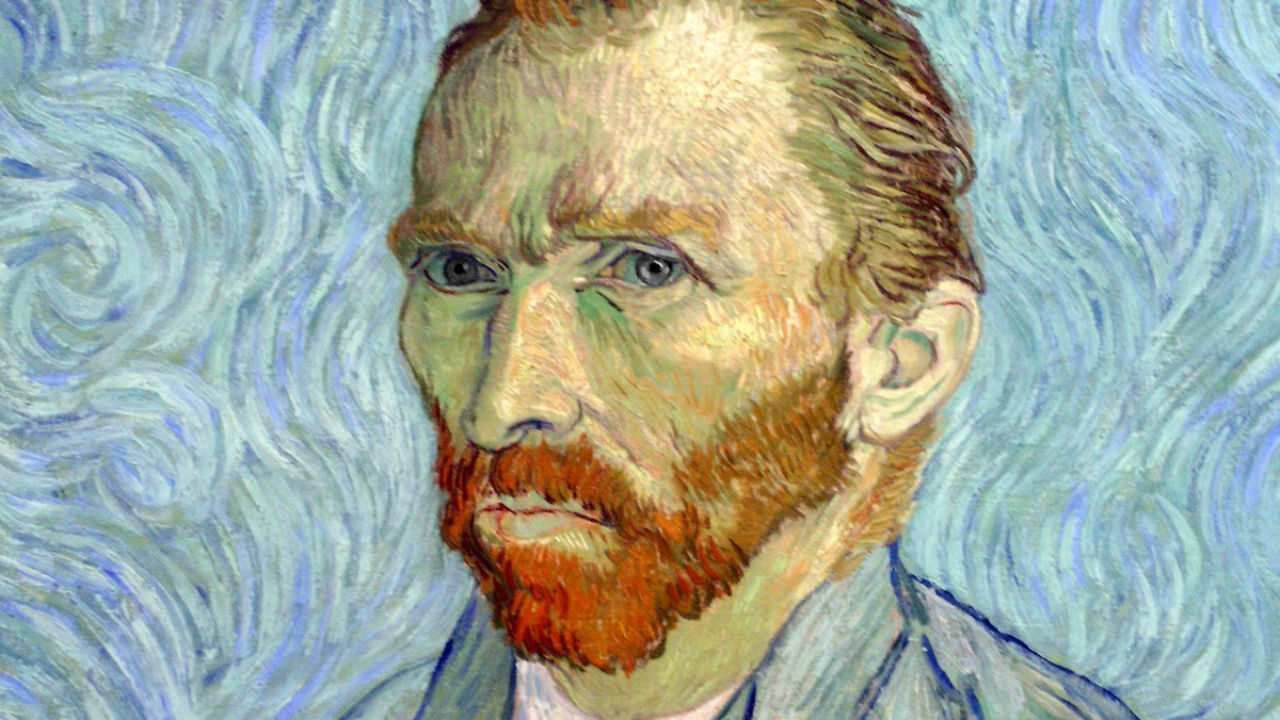Vincent Willem van Gogh, born on March 30, 1853, in Zundert, Netherlands, is revered as one of the greatest post-impressionist painters in art history. His masterpieces, such as “The Starry Night,” “Cafe Terrace at Night,” and “The Potato Eaters,” are celebrated for their thick brushstrokes, vibrant colors, and swirling compositions. Despite his artistic brilliance, van Gogh’s life was marked by hardship, rejection, and a relentless struggle with mental health.
Gogh’s legacy Early Life and Career:
Vincent’s childhood was marked by a series of boarding schools until he left formal education at 15 to work. His stint at Goupil & Co, an art trading company, ended due to his growing disinterest in the business and his penchant for solitude. Van Gogh then explored a religious path, attempting to become a theologian in Amsterdam. Rejected for lacking knowledge of Greek and Latin, he was sent to evangelize miners in Belgium, where he endured deep misery and fanaticism for 22 months.
Artistic Pursuits:
Encouraged by his brother, Theo, to pursue his true passion, Vincent turned to art. In Brussels, he studied at the Academy of Fine Arts, painting in the style of Jean-François Millet. His art reflected the influence of his experiences, including his time in Borinage and encounters with miners and farmers.
In 1886, Vincent moved to Paris, where he encountered influential artists like Paul Cézanne and Paul Gauguin. Later, he settled in Arles, renting the Yellow House to create a circle of painters. His collaboration with Gauguin was tumultuous, culminating in the infamous incident where van Gogh cut off part of his own ear.
The Asylum Years:
Faced with recurring mental health challenges, van Gogh admitted himself to the Saint Paul-de-Mausole asylum in 1889. It was here that he produced some of his most iconic works, including the mesmerizing “Starry Night.” Despite struggling with his mental well-being, he held exhibitions in 1889 and 1890.
In 1890, Vincent moved to Auvers-sur-Oise, but his mental health continued to decline due to the resurgence of syphilis. Tragically, on July 29, 1890, Vincent van Gogh shot himself in the chest with a revolver, succumbing to his wounds two days later.
Gogh’s legacy Legacy:
Vincent van Gogh’s legacy transcends his tragic end, as his innovative approach to art paved the way for future generations. His ability to capture emotion and movement through bold colors and expressive brushstrokes remains unparalleled.
FAQs:
What are some of Vincent van Gogh’s most famous paintings?
- “The Starry Night,” “Cafe Terrace at Night,” “The Potato Eaters,” “Bedroom in Arles,” and “Vase with Twelve Sunflowers.”
Why did Vincent van Gogh cut off his ear?
- The incident occurred during a heated argument with Paul Gauguin in Arles. Van Gogh, in a fit of anguish, cut off part of his own ear.
Where did Vincent van Gogh spend his later years?
- Van Gogh spent his final years in Auvers-sur-Oise, France, where his mental health further deteriorated.
What is Vincent van Gogh’s most famous work?
- “The Starry Night” is widely considered van Gogh’s most famous and iconic masterpiece.
Vincent van Gogh’s tumultuous life and groundbreaking art continue to captivate and inspire art enthusiasts worldwide. Despite the challenges he faced, his contribution to the art world remains unparalleled, leaving an indelible mark on the canvas of history.






Leave a Reply